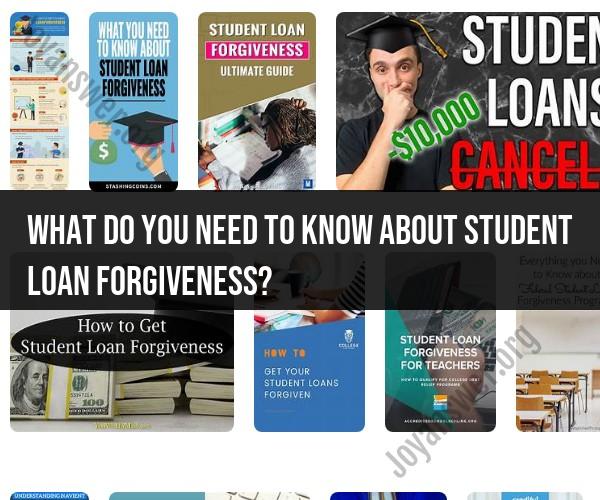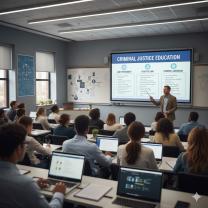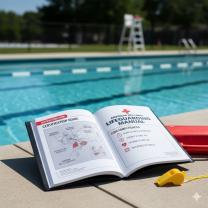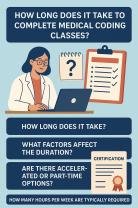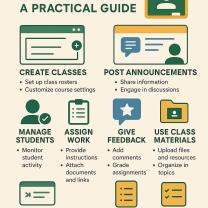What do you need to know about student loan forgiveness?
Student loan forgiveness programs can provide significant relief for borrowers struggling with student loan debt, but they come with specific eligibility requirements, application processes, and considerations. Here's what you need to know about student loan forgiveness:
Types of Student Loan Forgiveness Programs: There are various student loan forgiveness programs available, including Public Service Loan Forgiveness (PSLF), Teacher Loan Forgiveness, Income-Driven Repayment (IDR) forgiveness, and more. Each program has its own eligibility criteria and forgiveness terms.
Eligibility Requirements: To qualify for forgiveness, you must meet specific eligibility requirements. These requirements can include factors such as your job, type of loans, payment history, and the repayment plan you're on. It's crucial to understand and meet these criteria to be eligible for forgiveness.
Qualifying Loans: Not all types of student loans are eligible for forgiveness. Federal Direct Loans are generally eligible for most forgiveness programs, while other federal loans like FFEL and Perkins Loans may have limited forgiveness options. Private student loans are generally not eligible for federal forgiveness programs.
Payment History: Many forgiveness programs require you to make a certain number of on-time payments while meeting other criteria. For example, PSLF requires 120 qualifying payments, and IDR forgiveness programs typically require 20 to 25 years of qualifying payments.
Employment Requirements: Some forgiveness programs, like PSLF and Teacher Loan Forgiveness, require you to work in specific professions or for qualifying employers. You must maintain full-time employment and meet other job-related criteria.
Income-Driven Repayment Plans: IDR plans can be a pathway to forgiveness for many borrowers. These plans set your monthly payment based on your income and family size. After 20 to 25 years of on-time payments on an IDR plan, any remaining loan balance is forgiven, but you may owe taxes on the forgiven amount.
Application Process: To apply for forgiveness, you usually need to submit an application and documentation to your loan servicer. It's important to follow the application instructions carefully and keep records of your payments and employment history.
Tax Implications: Forgiven student loan debt may be considered taxable income by the IRS. However, there are exceptions, such as PSLF and some Teacher Loan Forgiveness programs. It's important to understand the potential tax consequences of forgiveness and plan accordingly.
Changes in Legislation: Student loan forgiveness programs and policies can change over time due to legislative updates and government initiatives. Stay informed about any changes that may affect your eligibility or terms of forgiveness.
Consider Professional Advice: If you're unsure about your eligibility or the best approach for managing your student loans, consider seeking advice from a financial advisor or student loan expert. They can help you navigate the complex rules and make informed decisions.
Remember that student loan forgiveness is not guaranteed, and it's essential to stay informed, keep accurate records, and follow the rules and requirements of your chosen forgiveness program. Additionally, explore all your repayment options, including income-driven plans, before pursuing forgiveness to determine the most suitable strategy for your financial situation.
Student Loan Forgiveness: What Borrowers Need to Know
Student loan forgiveness is a program that can help borrowers repay their student loans. There are a variety of student loan forgiveness programs available, each with its own eligibility requirements and terms.
One of the most popular student loan forgiveness programs is Public Service Loan Forgiveness (PSLF). PSLF forgives the remaining balance on your federal student loans after you make 120 qualifying payments while working full-time for a qualifying public service employer.
Other student loan forgiveness programs include:
- Teacher Loan Forgiveness: Forgives up to $17,500 in federal student loans for teachers who teach full-time for five years at a low-income school.
- Perkins Loan Forgiveness: Forgives up to 100% of your federal Perkins Loan if you teach full-time at a low-income school or if you teach certain subjects.
- Income-Driven Repayment (IDR) Plans: IDR plans cap your monthly student loan payments at a percentage of your discretionary income. After 20 or 25 years of making qualifying payments under an IDR plan, the remaining balance of your loans may be forgiven.
Navigating Loan Forgiveness Programs: A Guide for Student Loan Borrowers
Navigating student loan forgiveness programs can be complex. Here are a few tips to help you get started:
- Identify which programs you may be eligible for. Use the StudentAid.gov website to learn more about the different student loan forgiveness programs available and to see if you meet the eligibility requirements.
- Gather the necessary documentation. Most student loan forgiveness programs require you to submit certain documentation, such as proof of employment and proof of income.
- Apply for the programs you are eligible for. The application process for each student loan forgiveness program is different. Be sure to follow the instructions carefully and submit all required documentation.
- Track your progress. Once you have applied for student loan forgiveness, it is important to track your progress. This will help you to ensure that you are meeting all of the requirements and that you are on track for forgiveness.
Lightening the Debt Burden: Understanding Student Loan Forgiveness
Student loan forgiveness can help borrowers to lighten the debt burden and to achieve their financial goals. For example, borrowers who receive student loan forgiveness may be able to buy a home, start a business, or save for retirement.
If you are struggling to repay your student loans, consider applying for a student loan forgiveness program. Student loan forgiveness can be a lifeline for borrowers who are struggling to make their monthly payments.
Here are some additional tips for student loan borrowers:
- Make your payments on time and in full, if possible. This will help you to avoid late fees and interest penalties.
- Consider consolidating your student loans. This can make it easier to manage your payments and to qualify for student loan forgiveness programs.
- Take advantage of income-driven repayment plans. IDR plans can cap your monthly payments at a percentage of your discretionary income. This can make it easier to afford your payments and to stay on track for forgiveness.
- Get help from a student loan counselor. A student loan counselor can help you to understand your options and to choose the right repayment plan for you.
Student loan forgiveness can be a complex topic, but it is important to understand your options. If you are struggling to repay your student loans, consider applying for a student loan forgiveness program.
